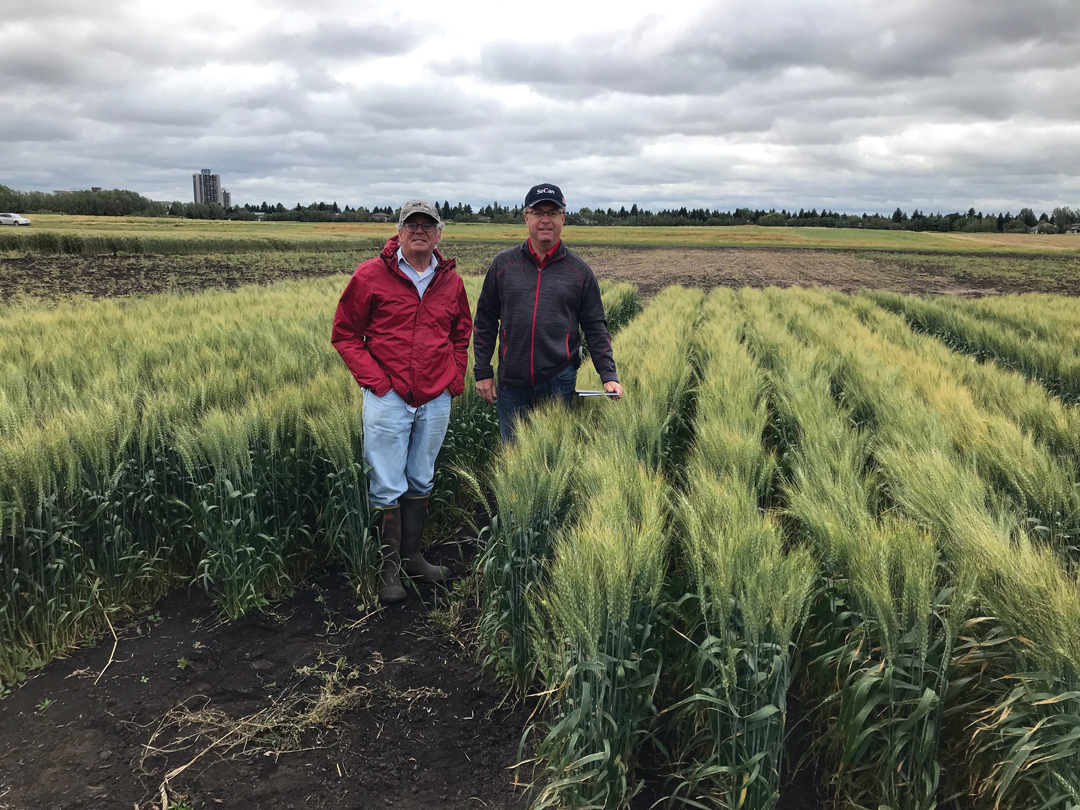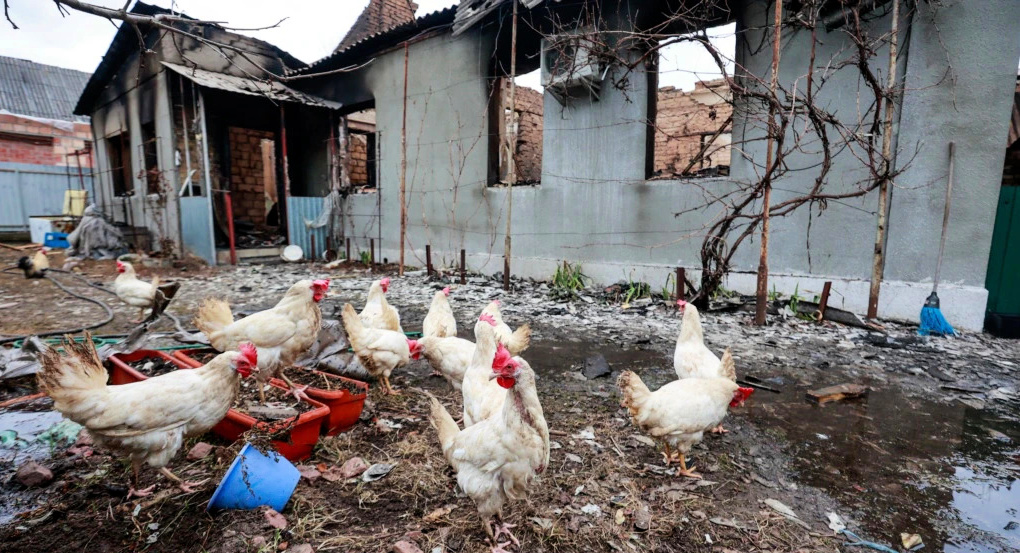DRYING AND BUYING
During last fall’s harvest, when thick, wet snow fell early over a good portion of Alberta’s cropland, the situation appeared dire. Once the white stuff melted sufficiently, the combines rolled with a sense of urgency. Farmers scrambled to take advantage of the diminishing harvest window, not knowing when further bad weather conditions might again halt their progress.
In many cases, getting the year’s crop off meant doing so at high moisture levels. Farmers who owned grain dryers fired them up and many put in a lot of drying hours. Some of these units have seen regular use over the years, while others see action only sporadically. Whatever the case, their owners were relieved to have them at hand.
Many farmers turned to commercial elevators to tackle their drying needs. Others looked to neighbours with drying outfits. While custom drying arrangements played a big part in conditioning the harvest, many farmers began to think about the long-term benefits of owning grain-drying systems. In parts of the province, crops have suffered wet conditions multiple years running. This compounding of moisture malfunctions has prompted more farmers to consider setting up their own on-farm drying rigs. Some are using dryers less as an emergency standby and more as part of their regular harvest practice.
Planning, financing, purchasing and setting up such systems can take as long as a year or two. Thinking of those who’ve committed to taking the plunge as well as those weighing their options, we set about researching our spring cover story on drying systems while the 2018/19 crop was still warm. Even if a farmer already owns a dryer, the repeat moisture issues of recent years may have people reconsidering how to best utilize this tool as part of post-harvest practices. Hastening the harvest process, they can also produce substantial grading gains.
In “Moisture math” (page 22), we talk to industry experts about equipment options and what it takes to get a drying system together and into action. We also examine how two Alberta grain farmers use new and existing dryer setups to maximize crop quality as well as create an additional profit centre for their farms. Wade McAllister, an Innisfail area farmer and Alberta Barley region three director-at-large, told us, “If I was thinking about a third combine, I’d buy a dryer instead.”
While our grain drying story looks ahead to future harvests, this spring issue of GrainsWest also includes seasonal stories such as “Frost beaters” (page 48), which examines Alberta Wheat Commission-sponsored genetics research into early-maturing spring wheat and related research of ultra-early seeding. As crops are sown, the pricing outlook for nitrogen is another top-of-mind topic that we tackle in “Optimizing fertilizer dollars” (page 14). And while seeding time is upon us, “Working toward consensus” (page 42) joins the increasingly urgent and contentious value creation conversation now underway between farmers, farm groups and the federal government.
From spring renewal to the renewal of the family farm, “Expensive acres” (page 34) examines the rising price of farmland and its place in reshaping the entrepreneurial equation. With the robust agricultural economy of the past decade, the escalating value of land has become a barrier to ownership for new farmers. Whether establishing themselves or expanding existing operations, many pay closer attention to financial strategizing, risk management and emphasizing profit over owning acres.
Farmers are used to contending with constant change, many aspects of which are fundamental to the western Canadian farming model. What these stories illustrate is that farmers are actively and successfully reinventing the way they farm and doing so on their own terms.






Comments